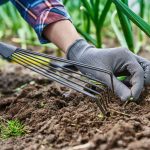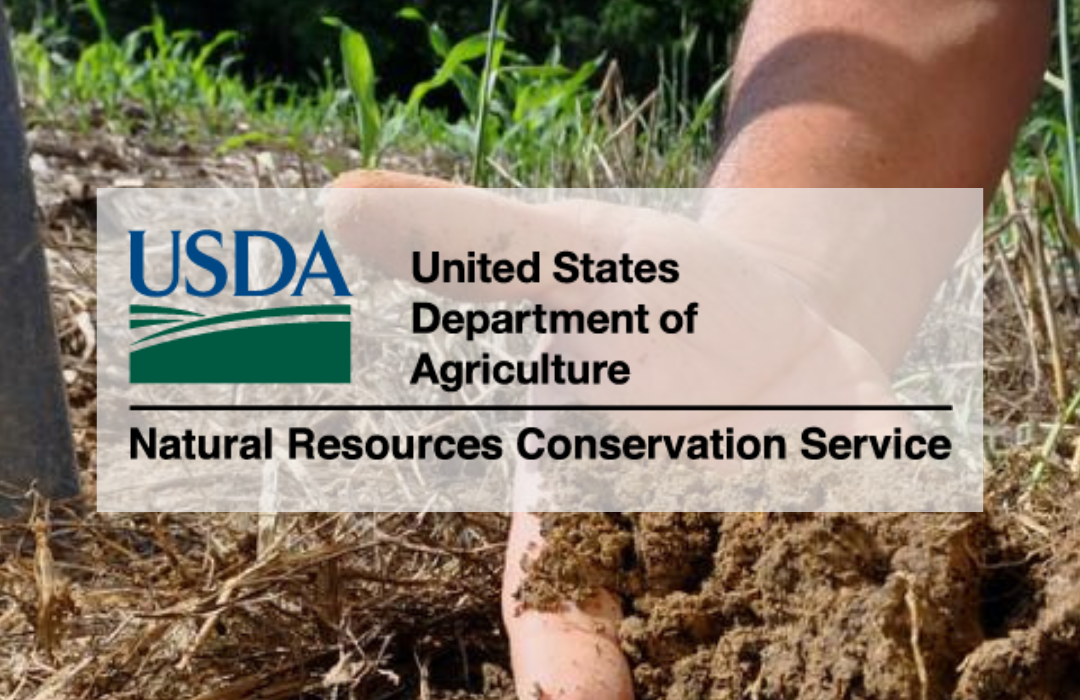
Weed Management: Tools & Techniques
May 7, 2025
Regenerative Grazing in the Midwest: A Smarter path to Soil Health and Profitability
July 21, 2025If you're a farmer, rancher, or land manager thinking about improving your land’s sustainability, you've likely heard about EQIP and CSP—two cornerstone conservation programs offered by the USDA Natural Resources Conservation Service (NRCS).
While both aim to promote environmental stewardship on working lands, they serve different purposes and are designed to meet producers at different stages of their conservation journey. If you're in Missouri and wondering which one fits your operation best, this guide is for you.
What is EQIP?
The Environmental Quality Incentives Program (EQIP) provides financial and technical assistance to help producers in Missouri address specific resource concerns—like soil erosion on row-crop fields in northern Missouri, nutrient runoff in the Bootheel, or water quality issues affecting pastureland in the Ozarks.
EQIP helps pay for conservation practices like:
- Installing cover crops to prevent erosion and improve soil health
- Building fencing and watering systems for rotational grazing
- Converting flood-prone cropland into wildlife habitat
- Upgrading irrigation systems to reduce water use and improve efficiency
EQIP in Missouri:
- Targets regional priorities like water quality in the Mississippi River Basin, grazing land health, and forestland improvement
- Payment rates vary based on the practice, farm size, and whether the producer is classified as historically underserved (HU), such as beginning, veteran, or socially disadvantaged farmers.Open to cropland, pastureland, forestland, and organic operations
Example: A producer in central Missouri may use EQIP to implement a nutrient management plan that reduces runoff into local streams while improving soil quality.
What is CSP?
The Conservation Stewardship Program (CSP) is designed for producers who are already implementing conservation practices and want to take their stewardship to a whole new level. Eligible lands include private agricultural lands, agricultural Indian lands, non-industrial private forest land, farmstead, associated agricultural lands and public land that is the part of applicant’s operation. New land that is being prepared for future agricultural production are not eligible for CSP until an agricultural operation has been established. There is no minimum acreage requirement and CSP enrolls your entire operation into the program not just specific field or tract. Producers implement practices and activities in their conservation plan that expands the benefit of cleaner air and water, healthier soil, enhanced wildlife habitat, all while improving their agricultural operation.
For example, CSP is perfect for Missouri producer who already have cover crops or no-till systems in place and want to integrate more advanced conservation enhancements like multi-species cover crops or deep-rooted cover crops to further improve soil health and break up compaction.
CSP focuses on the entire operation, rewarding you for current efforts and supporting you as you adopt practices that go above and beyond, such as:
- Multi-species cover crop cocktails.
- Edge-of-field filters and buffers to protect waterways.
- Wildlife-friendly enhancements in forest or pasture systems.
- Precision agriculture tools to reduce inputs and improve efficiency.
CSP in Missouri:
- Supports long-term contracts (5 years, with renewal options)
- Pays you to maintain and enhance existing level of conservation, based on land uses included in the contract and NRCS assessment of existing stewardship at the time of enrollment.
- Most participants are eligible for a $4000.00 minimum payment during any year if their annual contract payment falls below minimum payment amount.
- Aligns with Missouri’s resource priorities like improving water quality, reducing sedimentation, and supporting wildlife habitat.
Example: A soybean and corn producer in northeast Missouri with no-till and cover crops in place may use CSP to adopt management of field borders for better pollinator health and wildlife habitat improvement.
EQIP vs. CSP: Side-by-Side for Missouri Producers
|
Feature |
EQIP |
CSP |
|
Purpose |
Fix specific problems |
Improve whole-farm conservation systems |
|
Best For |
Getting started with conservation |
Building on an existing foundation |
|
Contract Length |
1–10 years |
5 years (renewable) |
|
Financial Support |
Cost-share for new practices |
Annual payments for maintaining & enhancing |
|
Common Uses in MO |
Cover crops, erosion control, pasture systems |
Precision ag, wildlife habitat, pollinator zones, cover crop mixes |
|
Resource Focus Areas |
Soil, water, air, plants, animals |
Same, with a systems-based approach |
Can You Use Both?
Yes! Many Missouri farmers begin with EQIP to address pressing challenges, then transition to CSP as they build experience and want to integrate more long-term, whole-farm conservation strategies.
Why It Matters in Missouri
From protecting the Missouri and Mississippi Rivers to enhancing soil health in the Ozark Highlands, conservation is critical to keeping Missouri’s agriculture productive, profitable, and sustainable for generations to come. Programs like EQIP and CSP not only help the land but can also:
- Reduce input costs
- Improve yields
- Build resilience to droughts and floods
- Support biodiversity and wildlife habitat
Ready to Get Started?
Your local NRCS office is your best resource. NRCS conservation planners will walk your fields with you, help you understand your options, and design a plan tailored to your operation and goals. Missouri also has conservation districts in every county that often work closely with NRCS staff.
Visit www.mo.nrcs.usda.gov to learn more or stop by your local USDA Service Center.
Final Thoughts
Whether you’re managing a 100-acre cattle ranch in Howell County or farming corn and soybeans near Audrian county, conservation programs like EQIP and CSP are powerful tools to help you be productive and sustainable. These programs aren't just about compliance—they’re about investing in the future of Missouri agriculture.
Have questions or want to share your experience with EQIP or CSP? Drop a comment below—we’d love to hear your story!
“This material is based upon work supported by the U.S. Department of Agriculture, under agreement number [recipient should enter the applicable award number here].Any opinions, findings, conclusions, or recommendations expressed in this publication are those of the author(s) and do not necessarily reflect the views of the U.S. Department of Agriculture. In addition, any reference to specific brands or types of products or services does not constitute or imply an endorsement by the U.S. Department of Agriculture for those products or services. USDA is an equal opportunity provider, employer, and lender.”





